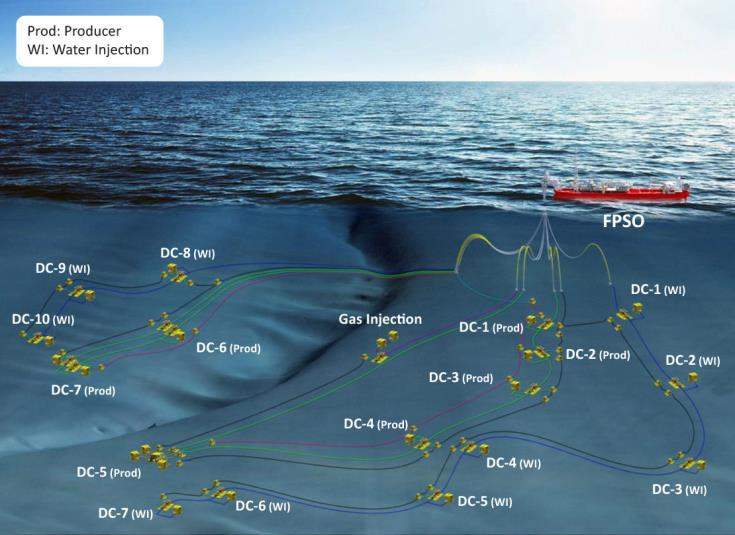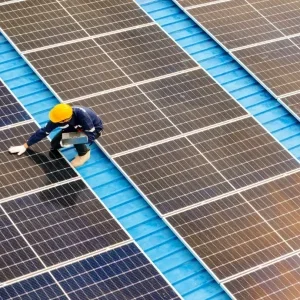
FEED is expected to involve a variety of studies and activities to finalize financial plan, schedule and technical definition for the SNE field development.
The activities are aimed at enabling the joint venture to take the final investment decision (FID) on the field development by 2019.
FAR managing director Cath Norman said, “Commencement of FEED activities is a significant milestone for our Joint Venture and the SNE Field development offshore Senegal. From discovery to entering FEED in a four-year period, especially given the general market conditions, is a substantial achievement for the Joint Venture.
“In addition to the commencement of FEED, the Joint Venture project financing has now commenced. It has been a successful 2018 for the SNE Field development project and we look forward to working closely with the Joint Venture and Government of Senegal as we progress the Final Investment Decision in 2019.”
The SNE field is planned to be developed in phases and phase 1 of the development targets an estimated 230 mmbbls of oil resources from 11 producing wells, 10 water injectors and 2 gas injectors.
The initial development plan for the project recommends the use of a new floating production, storage and offloading (FPSO) vessel or a converted FPSO.
It will be designed to enable subsequent SNE development phases, including options for gas export to shore and for future subsea tiebacks from other reservoirs and fields.
The FPSO is expected to have a capacity of around 90,000 bbls perday in Phase 1 and the first oil production is targeted in 2022.
The SNE deepwater oilfield was discovered in November 2014 with the drilling of the SNE-1 exploration well to a total depth of 3,000m. The well encountered a 95m gross oil-bearing column within upper Albian sandstones.
Woodside CEO Peter Coleman said: “We plan to progress the SNE development towards the earliest possible commercialisation of the discovered resources. Completing FEED activities will be a key enabler of a final investment decision.”






